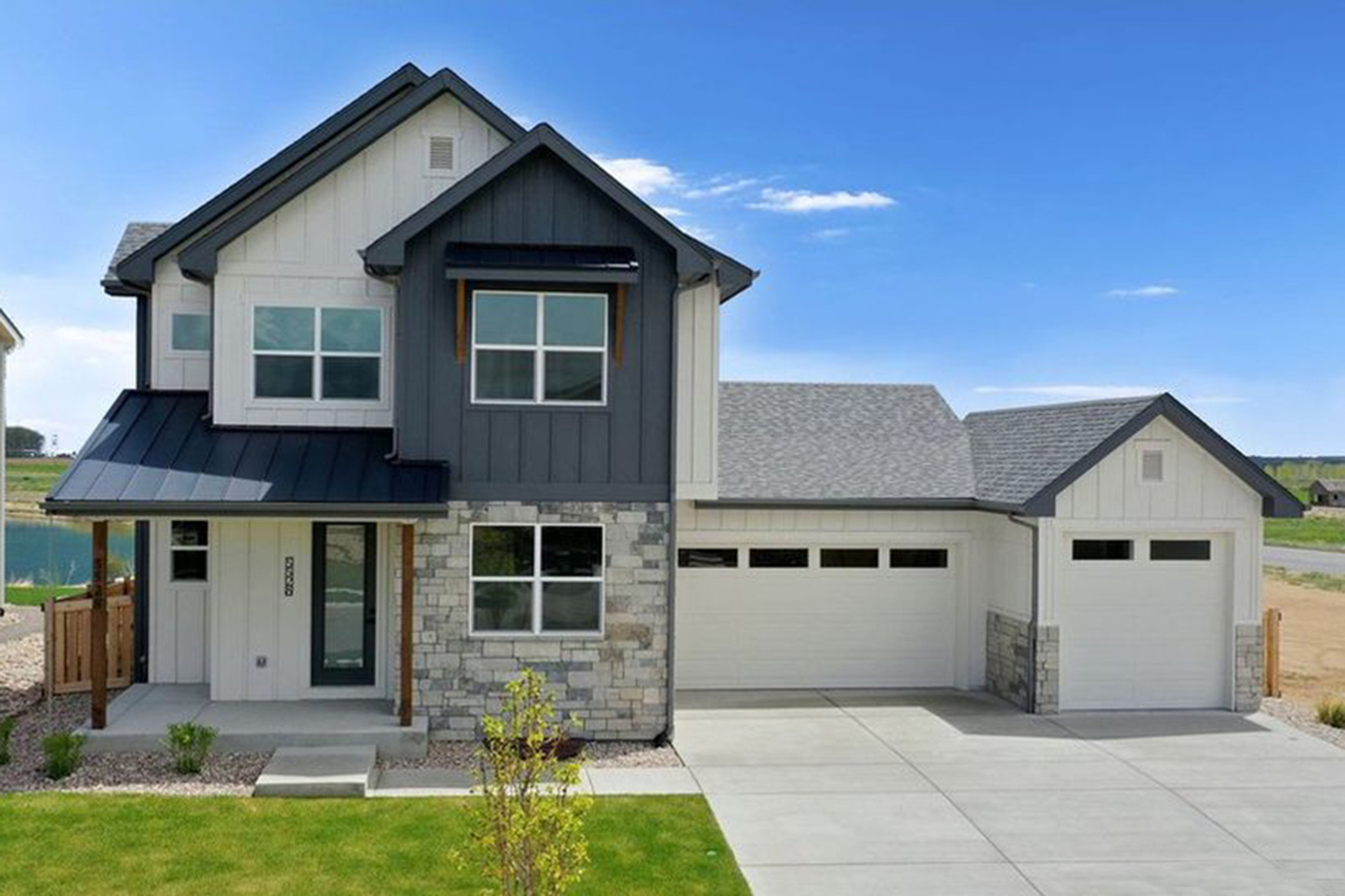Detached garages with granny flats, backyard guest cottages, pool houses, gazebos, and standalone workshops and hobby rooms all have several things in common—they’re accessory building structures that can add much needed living space and value to a residential property and they’re gaining in popularity.
Rick McAlexander, CEO of The House Plan Company, a residential design marketing company based in Oregon, defines an “accessory structure” as any type of living space on the property that is considered incidental to the primary dwelling structure.
“Accessory structures are on the rise as homeowners look to add more living space to their property,” said Rick McAlexander. “This type of building concept is much broader than a detached garage for parking vehicles—it runs the gamut from gazebos and pool houses to backyard cottages and music studios—and can add considerable investment value to your property.”
The biggest trend McAlexander sees in accessory buildings today is the notion of a granny flat or apartment above the detached garage, even a standalone guest cottage in the backyard.
“As more and more baby boomers choose to age at home, they realize the need for separate living space for a caretaker or their adult children who can tend to them and their property,” he explained.
The House Plan Company offers a number of detached garages with apartments in different architectural styles from contemporary to craftsman. Several garage plans also feature plenty of hobby and recreation space in addition to living quarters.
Designer Steve Vatter of Legacy Home Plans, who has designed several accessory building plans for The House Company, says he sees growing interest in garage apartments as homeowners desire more living space but would like to stay in place.
“The biggest advantage to building a garage with an apartment above is the cost. The slab foundation and the roof are the same size so you’re just adding a second level,” he said. Vatter added, “With land prices at a premium today, it’s more cost effective to build a garage apartment on existing property either for personal use or as a rental. In the long run, it adds more value to the property.”
One of Vatter’s most popular garage apartment designs is a modern style structure (#71064) featuring an open floor plan with numerous large windows and sight lines from nearly every interior angle. A deck and sliding glass doors are added for homeowners to relax outdoors and enjoy the views.
Vatter notes a strong resurgence in other types of accessory structures as well, such as pool houses and workshops or studios for recreation and hobbies. His Driftwood pool house design #76849, for example, features a fully equipped kitchen, fireplace, enclosed TV, indoor and outdoor showers and a changing room.
“Years ago, homeowners wanted an enclosed pool house with windows to the outdoor swimming pool. Today, they want as much open outdoor living as possible, closing off only the changing areas and bathroom,” Vatter explained.
The House Plan Company features a collection of accessory structure plans from fully-equipped pool houses to stall barns for horses and even a luxury dog house #30487.
The first step in moving forward with building an accessory structure on private property is to determine the goals for additional space. McAlexander cautions homeowners to identify all of the different types of uses desired for the space and then determine space requirements for those uses.
“I’ve seen homeowners purchase a simple detached garage plan, for example, thinking it will be easy to convert into a place to work on hobby cars without taking into account the need for a higher ceiling to incorporate a car lift or additional workshop and storage space,” McAlexander said.
McAlexander’s Craftsman-style garage apartment plan #62272 is a great example of a design that factors in multiple uses. The two-car garage plan features 10-foot wide and 8-foot tall doors vehicle space, and a spacious hobby room. Stairs lead from the hobby room up to a second-floor apartment, where vaulted ceilings lend a spacious feeling to the kitchen, great room, office and bedroom. A bathroom with a soaking tub, utility room and balcony make the most of the space.
Next, he advises homeowners to research their local building ordinances and zoning codes for an accessory structure.
“It’s important to do your homework on the local building codes to see what you’re allowed to put on the property, including the regulations on square footage limits, building setbacks, exterior modifications and impacts on utilities such as water and sewer,” McAlexander explained.
McAlexander has even designed a country-style stall barn #92377 for property that is zoned for livestock. The spacious barn plan offers two stalls, plenty of storage space for equipment and tack and three garage doors that open to the center of the barn. Upstairs, a large space with vaulted ceilings could be used as a recreation or hobby room.
Once a homeowner finds an accessory structure plan they like after browsing the collection of plans on The House Plan Company website, they can work directly with the plan’s designer to make additional modifications if necessary. The House Plan Company’s team of award-winning design professionals and architects can also custom design an accessory structure to tailor to a homeowner’s specific needs.
“Our team of design professionals and architects have created custom accessory structure plans for everything from a dog rescue shelter to an 80-foot oil derrick for a life-size model train configuration on private property. We can design any type of accessory structure to meet a client’s needs if they don’t find one on our site,” said McAlexander.
As seen on Newswire



